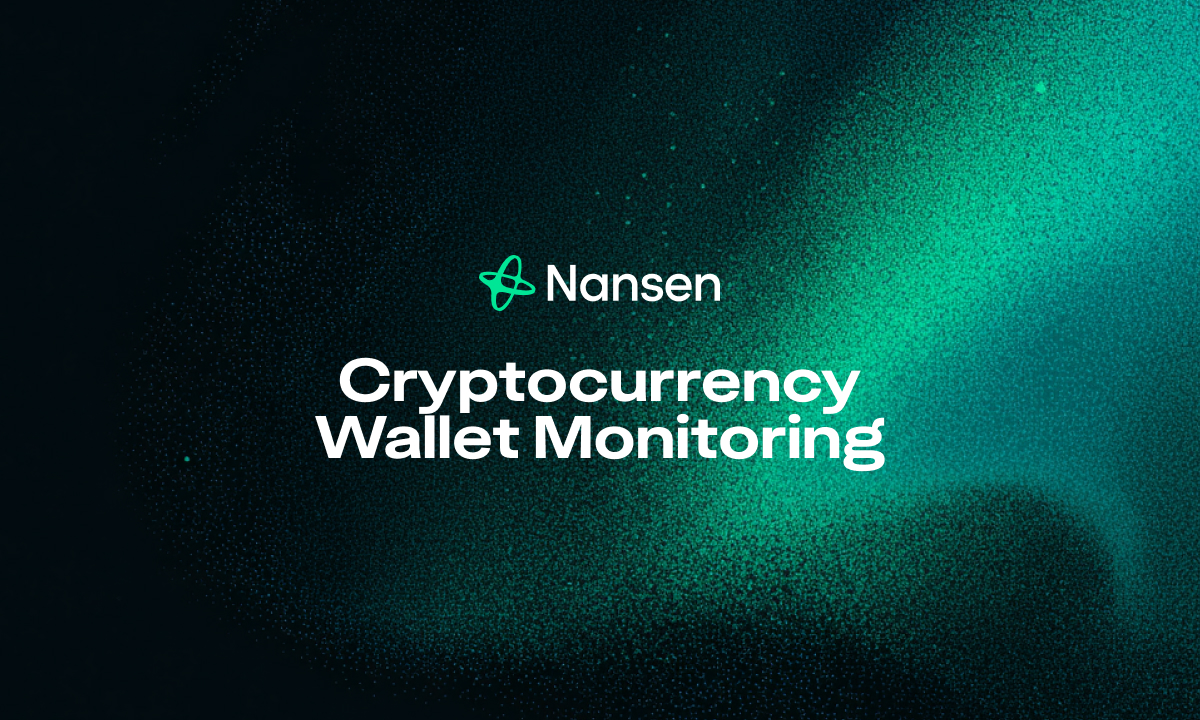Cryptocurrency wallet monitoring using onchain data is an essential strategy for traders and investors aiming to navigate the volatile crypto markets effectively. By identifying influential wallets, utilizing sophisticated analytics platforms, and analyzing transaction patterns along with asset holdings and smart contract activities, users can uncover market trends, detect new opportunities, and reduce risks before major price movements occur.
Understanding Onchain Wallet Monitoring and Its Significance in Crypto Investing
Onchain wallet monitoring entails tracking wallet addresses and their activities recorded transparently on public blockchain ledgers. This process captures verifiable data regarding transactions and asset movements that anyone can access.
What Does Onchain Wallet Monitoring Mean?
Onchain.wallet monitoring involves continuous observation of public blockchain wallet addresses to analyze the flow of funds, shifts in token holdings, and interactions with decentralized applications (dApps). Unlike traditional financial data, onchain data is immutable and openly accessible.
Why Crypto Traders and Investors Should Prioritize Wallet Monitoring
Wallet monitoring helps investors:
- Gain Market Advantage: By following "smart money" wallets (successful traders, venture funds), you can anticipate market direction and promising projects.
- Reduce Exposure to Risk: Tracking large and unusual asset transfers can hint at upcoming sell-offs or liquidity moves.
- Detect Emerging Market Trends: Examining aggregated wallet activity reveals shifts in investor sentiment and capital allocation across sectors like DeFi, NFTs, and GameFi.
- Perform In-depth Due Diligence: Analyzing project treasury and team wallets offers insights into a protocol’s financial health and future risks.
Essential Onchain Data Points to Track for Effective Wallet Monitoring
Monitoring cryptocurrency wallets relies on an array of onchain data points to interpret investors’ intentions and market behavior successfully.
Analyzing Transaction Data
- Transaction Volume: Total asset value moved signifies activity scale.
- Transaction Frequency: Number of transactions indicates engagement levels.
- Transaction Value: Size of individual transactions reveals significant moves versus minor tests.
- Counterparty Addresses: Identifying sender or recipient wallets helps uncover partnerships or exchange interactions.
Evaluating Asset Holdings
- Real-Time Portfolio Balances: Understand tokens currently held.
- Asset Composition: Assess whether holdings are diversified or concentrated.
- Liquidity Pool (LP) Tokens: Participation in decentralized exchanges’ liquidity provision.
- NFT Collections: Ownership of trending or valuable NFTs indicating interest or investment trends.
Monitoring Smart Contract Interactions
- Decentralized Exchange (DEX) Activities: Swaps, liquidity provisioning, and removals.
- Lending and Borrowing: Activities on platforms like Aave or Compound.
- NFT Market Moves: Minting, buying, selling, and listing NFTs.
- Staking and Yield Farming: Engagement in earning protocols.
Leveraging Wallet Labels and Clustering Techniques
- Named Wallets: Categorized addresses linked to exchanges, institutions, or known crypto personalities.
- Wallet Clusters: Grouping addresses that likely belong to the same entity for a comprehensive activity view.
Best Practices for Maximizing the Benefits of Onchain Cryptocurrency Wallet Monitoring
Adopting a structured methodology ensures efficient monitoring and meaningful insights.
Identify and Prioritize Wallets of Interest
Focus on wallets that provide the most actionable data:
- Smart Money: Experienced traders and early investors with a record of success.
- Venture Funds and Institutions: Known crypto investment entities.
- Development and Treasury Wallets: Project teams’ wallets with token allocations or vesting schedules.
- Whales: Large holders who can sway market prices.
- Exchange Wallets: Hot and cold wallets signaling deposit or withdrawal activity.
- New Projects: Wallets linked to newly launched or hype projects.
Utilize Advanced Onchain Analytics Platforms
Select platforms offering:
- Comprehensive Cross-Chain Data: Aggregate data from multiple blockchains.
- Detailed Wallet Labels: Accurate identification of entities.
- Powerful Filters: Search and segment wallet activity by criteria.
- Visual Analytics: Graphs and charts for quick insights.
Set Up Real-Time Alerts to Stay Ahead
Timely notifications empower prompt decision-making:
- Large Transaction Alerts: Notify sudden significant asset moves.
- Token Movement Alerts: Track deposits and withdrawals across exchanges or protocols.
- Activity Alerts on New Interactions: Follow smart money engaging with new tokens.
- Smart Contract Usage Alerts: Detect high-value loans or liquidity events by influential wallets.
Integrate Offchain Data for Contextual Analysis
Combine onchain insights with:
- Social Media Trends: Monitor Twitter, Telegram, Discord for sentiment and rumors.
- Crypto News and Announcements: Stay updated on market-wide or project-specific developments.
- Fundamental Research: Understand tokenomics, development roadmap, and team background.
Interpret Onchain Data with Context and Intention
Remember:
- Large transactions don’t always signal sales; they could be staking or OTC deals.
- Smart contract interactions do not equal ownership.
- Focus on consistent behavioral patterns instead of isolated events.
Analyze Behavioral Patterns Alongside Holdings
Look beyond balances to understand:
- Accumulation or distribution trends.
- Early adoption of emerging tokens or protocols.
- Engagement with DeFi lending, borrowing, or liquidity provision.
- NFT trading behaviors such as flipping, collecting, or minting.
Frequently Asked Questions
Why is monitoring crypto wallets important for investors?
Monitoring crypto wallets enables investors to detect market trends, uncover insights from successful traders (“smart money”), mitigate risks by anticipating large sales, and perform detailed due diligence by observing project team and treasury activities. These insights provide a transparent, real-time window into market dynamics.
What are the main types of onchain data used for wallet tracking?
Onchain wallet tracking primarily involves transaction data (volume, frequency, value), asset holdings (current balances, diversification, liquidity pool tokens), smart contract interactions (DEX swaps, lending, NFT activity), and wallet labeling and clustering to identify key entities.
Conclusion: Take Your Crypto Investing to the Next Level with Onchain Wallet Monitoring
Mastering cryptocurrency wallet monitoring through onchain data gives you a strategic advantage in the fast-paced crypto ecosystem. By identifying influential wallets, using expert analytics tools, and interpreting wallet activities within a broader context, you can anticipate market moves and make well-informed investment decisions. Start leveraging real-time onchain data with Nansen today to gain deeper insights and improve your trading outcomes.




